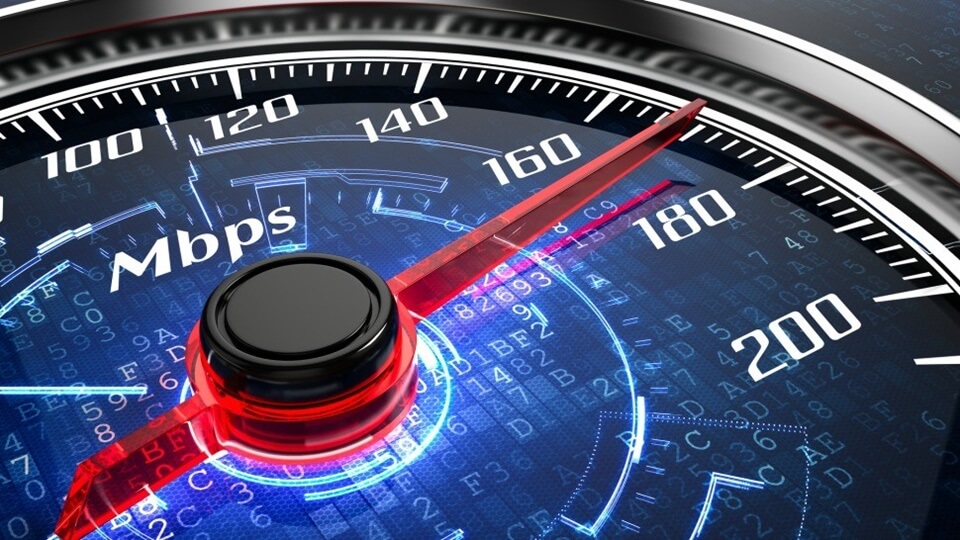Backhaul, a term probably derived from the trucking industry, has several usages in information technology.
In a hierarchical telecommunications network, the backhaul portion of the network comprises the intermediate links between the core network, or backbone network, and the small subnetworks at the edge of the network. A backhaul improves the speed of your data communications access. In reality, without backhaul, you would not have an internet connection at all. A backhaul is a connection from the wireless cell tower to the internet.

Initial Backhaul Speeds
In most of the case, there are only one or two T1 line(s) (a combined 1.544 Mbps data pipe) or even a T3 data circuit (which is equal to 28 T1 lines having a speed of 44.736 Mbps) in backhaul as the connection to the internet. T3 circuits are also known with the name of DS3 circuits. There are some devices such as Data compression ones which allows much higher speeds for throughput.
Time Division Multiplexing circuits enables many connections to share this pipe. As it is pretty obvious that, for high data speeds this size of a backhaul is not an optimal connection.
With the launch of much faster speed 3G HSPA+ technologies, the current T1/T3 backhaul is not sufficient enough.
Ethernet Speed Backhaul
There is an increase in the backhaul circuits by phone carriers up to 100 Mbps. It should be noted that, the backhaul is an expensive part of wireless cells and has to be affordable to provide competitive data plans.
Fiber-optic High-speed Backhaul
For effective and useful data connection performance backhaul speeds of 1 Gbps and higher were required when the 4G LTE was in the development phase.
It was recognized by the phone carriers that their backhaul systems need to be replaced soon as their backhaul systems didn’t have the required speed.
Other Backhaul Connections
The backhaul may have a line-of-sight microwave links or other radio and satellite connections in remote rural areas. These connections don’t support higher speeds, but if that connection is all you have access to, it is better than having nothing. Faster satellite and radio technologies are being developed all the time, so before long remote rural areas should be able to be supported with 4G LTE full-speed connections.